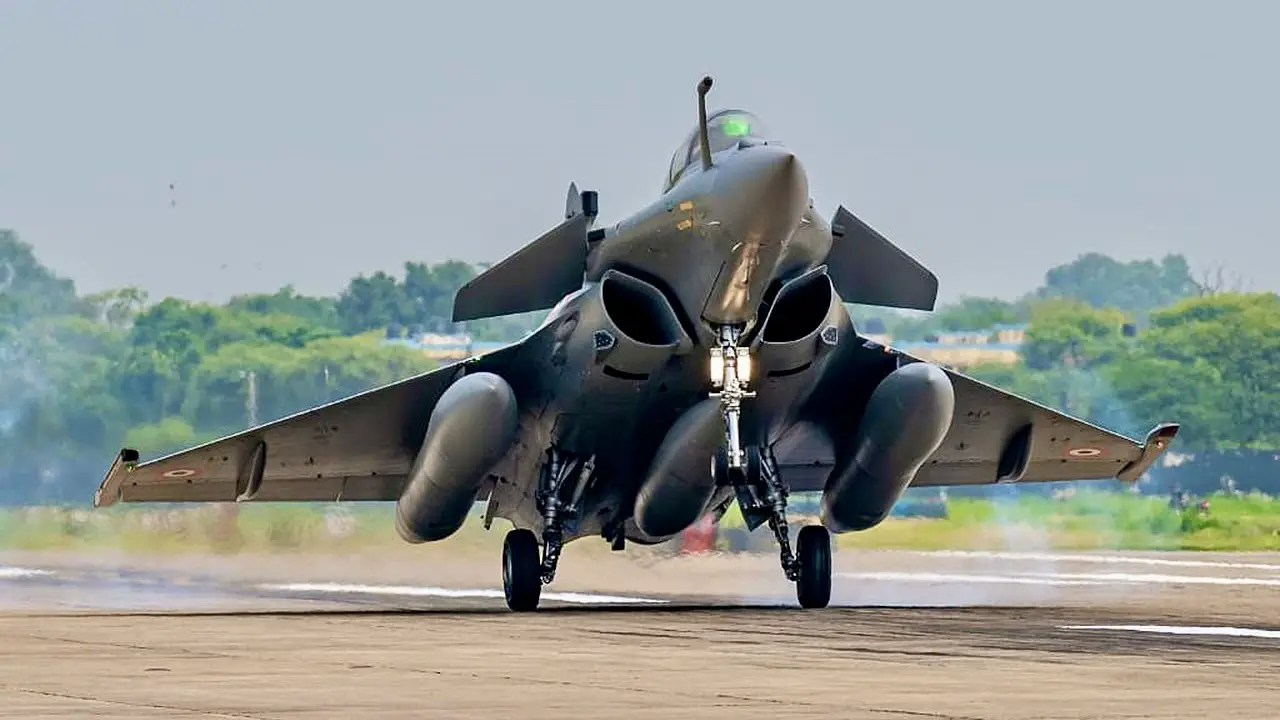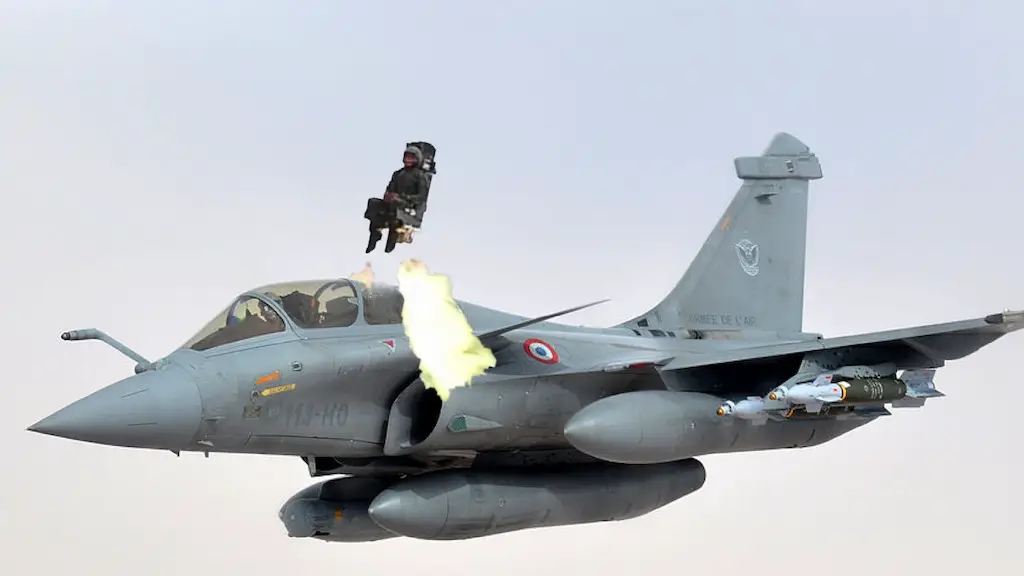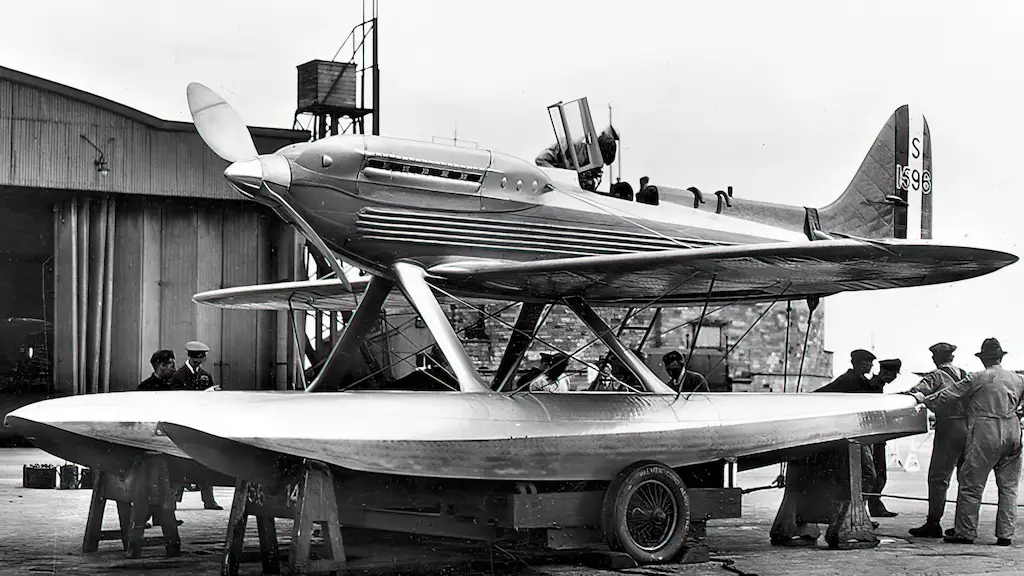On March 20, 2019, the person involved in the incident, who chose not to disclose his name, took his place in the back of a two-seater Dassault Rafale B jet on a runway at the Saint-Dizier air base in the north-eastern region of France.

At around 1,300 feet (400 meters), the executive began to experience negative G-force, which lifted him from his seat. To stabilize himself, the man was trying to find something to hold on to, and unfortunately, he found the ejection seat activation lever and ejected himself from the aircraft.The catapulting system worked as intended, as the man was soon going down with the parachute. He was found in a field near the border with Germany.
Investigators released their report of the incident on April 6, 2020. According to them, several code violations led to the accident, including loose straps. Had the passenger been strapped properly, he wouldn’t have begun floating and wouldn’t need to find something to hold on to.

Another issue was that medical warnings were ignored, according to which the man should not undergo the 3.7g of force, which he would have experienced right away on takeoff. Additionally, the medical examination was performed four hours before take-off, whereas such tests typically take place ten days before the flight.
While the man received some safety instructions, including the workings of the ejection system, he didn’t retain much of this information because he was under stress from the anticipation of the flight. According to the data from his smartwatch, his heart rate was between 136 to 142 beats per minute while they were still on the ground. To make matters worse, he was left mainly to secure his safety equipment.

Fortunately, a malfunction of the ejection system prevented the pilot from being ejected as well, and he was able to land the aircraft without the canopy. The pilot had over 20,000 hours of flight time.
According to the investigators, the cause of the accident was the stress felt by the man when he began to float, which lead to him accidentally pulling the ejection lever. In addition, the large amount of information that the man was expected to process in a short time was the triggering factor in the incident.










